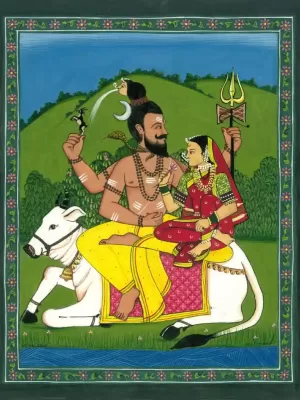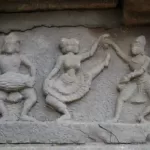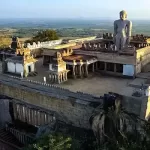Maratha Kingdom, established by Chhatrapati Shivaji the Great (reigning from 1630 to 1680), played a pivotal role in shaping the political landscape of India until the British takeover. During the second half of the Maratha Empire, spanning the 18th to 19th centuries, art and culture thrived. Among the many art forms that flourished under Maratha patronage were painting traditions. Including murals, miniatures, book illustrations, and glass paintings. This period saw the emergence of a distinctive Maratha art style, especially prominent in Maharashtra.
ALSO READ: Damsels of the Temple The Dance of Devotion
Before the rise of the Peshwa dynasty, two distinct painting traditions flourished in the Deccan region: one in the Northern Deccan and the other in the Southern Deccan. In the Southern Deccan, the art of painting received patronage from Hindu Rajas, aristocratic Hindu families, and temple officials. The paintings in this region predominantly featured religious themes, reflecting a strong connection to South Indian traditions. This was evident in their vibrant color palette and distinctive style, characterized by relatively short, curvy, and large figures.
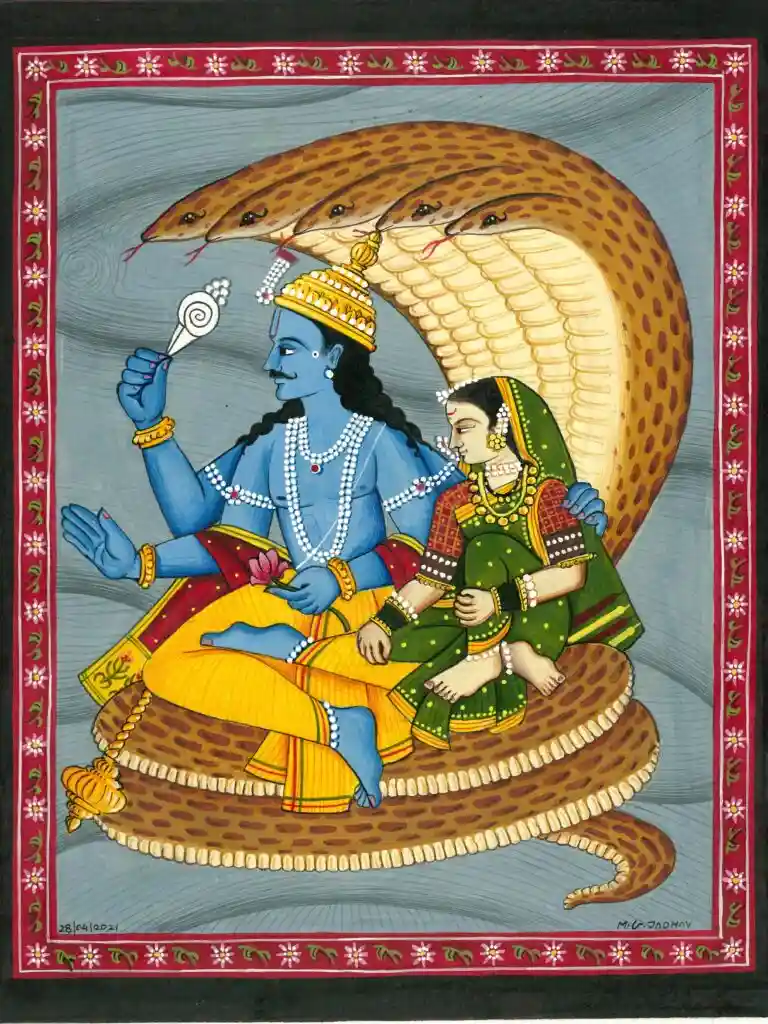
The Artistic Foundations of Maratha Painting
In the Northern Deccan, the art of painting flourished under the patronage of Mughal commanders and Hindu and Muslim noblemen, particularly around the Mughal capitals of Hyderabad, Aurangabad, and Burhanpur. Popular themes among these patrons included portrait paintings of Ragamala, Yoginis, Darweshis, women engaged in various sports, and hunting (shikar) scenes depicting court life. This region witnessed the emergence of a hybrid painting style, blending elements of Rajput, Mughal, and Deccan traditions. These two distinct artistic traditions—the Southern and Northern Deccan—played a crucial role in shaping the evolution of Maratha painting.
During the Maratha period, painting evolved through two distinct stages. For the aristocracy and wealthy elite, painting became an integral part of court culture. Serving as both a medium to express religious devotion and a symbol of status. Meanwhile, the general public primarily utilized artwork for ceremonial purposes. Maratha paintings were stylistically influenced by various schools, including Deccani, South Indian, Mughal, Rajasthani, and European traditions. Initially, Maratha patrons sought artworks from these prominent artistic centers, which shaped the early development of their style.
The Role of Painting in Society
During the Maratha era, painting thrived on two levels. Among the affluent and aristocracy, it became a significant aspect of court culture and a means to express religious devotion. In contrast, the general public primarily used painting for ceremonial purposes. Maratha paintings drew stylistic inspiration from Deccani, South Indian, Mughal, Rajasthani, and European art traditions. Initially, Maratha patrons commissioned artworks from these renowned artistic centers, which influenced the evolution of their own unique style.
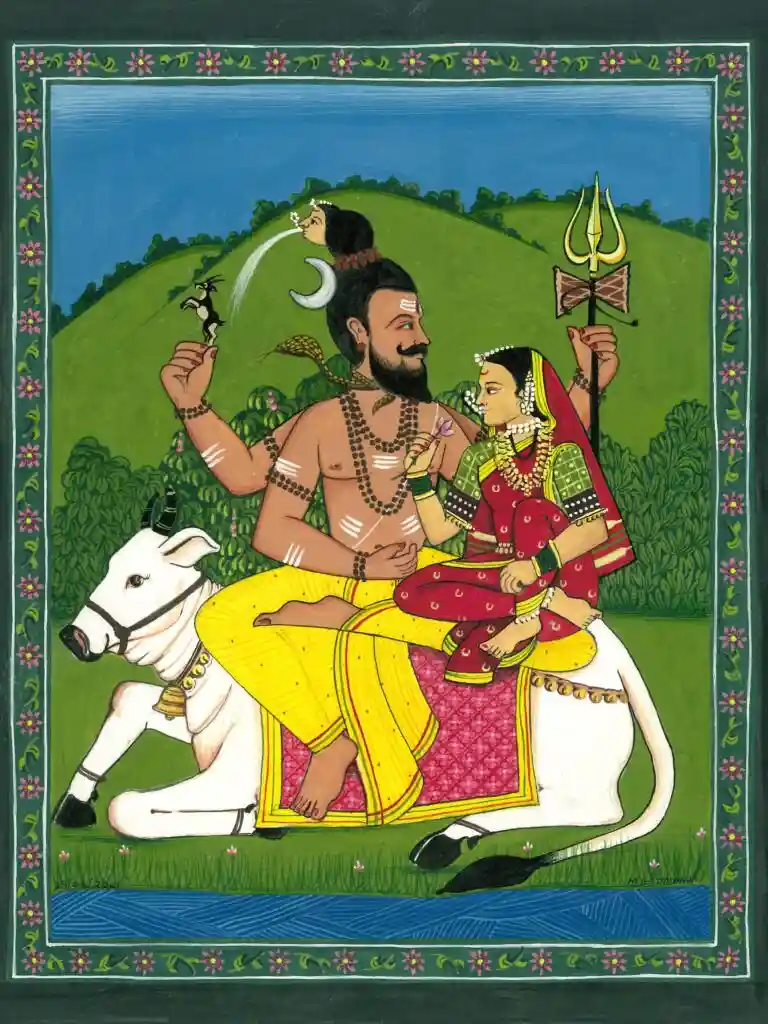
Historical records reveal that Bajirao I, the Peshwa, commissioned a skilled artist from Jaipur named Bhojaraja to adorn the walls of Shaniwar Wada in Pune (Parsnis 1921: 8). Later, the prominent Maratha statesman Nana Phadnis. An ardent admirer and patron of painting, made a determined effort to secure Bhojaraja’s services on a long-term basis for the Poona court. Though this attempt was unsuccessful (Parsnis 1921: 38). Nana Phadnis’ keen interest in acquiring paintings from established art centers is evident in his correspondence with agents in Malwa and Rajasthan.
Maratha Patronage and the Development of a Distinct Artistic Tradition
Historical accounts state that Bajirao I, the Peshwa, enlisted a talented Jaipur artist named Bhojaraja to decorate the walls of Shaniwar Wada in Pune (Parsnis 1921: 8). Later, Nana Phadnis, a renowned Maratha statesman and avid patron of the arts. Attempted to secure Bhojaraja’s permanent services at the Poona court but was unsuccessful (Parsnis 1921: 38). Nana Phadnis’ desire to acquire paintings from art centers in Rajasthan. And Malwa is evident in a letter he wrote to his agents in these regions.
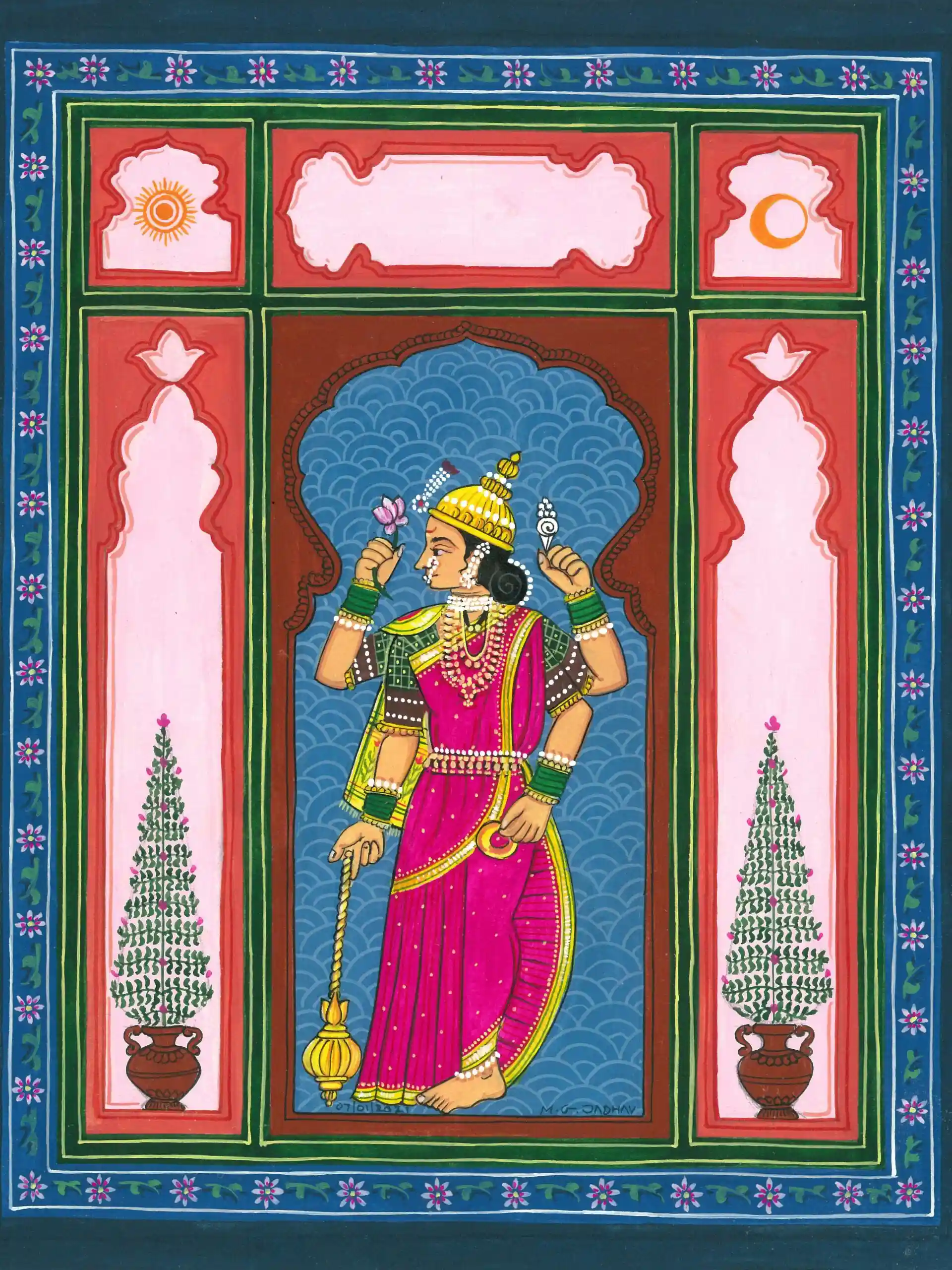
Despite the diverse influences from other regions. It can be said that a distinct style of Maratha painting emerged in Maharashtra. Local painting techniques were employed in works commissioned under Maratha patronage in regions like Malwa, Gujarat, and South India. However, the cultural content, clothing styles, and choice of subjects in Malwa paintings under Maratha influence were deeply rooted in the traditions of their patrons.
